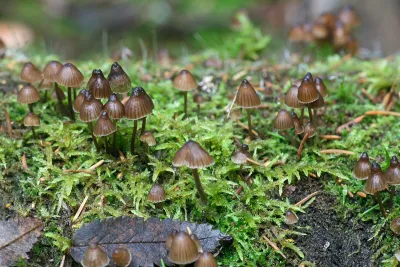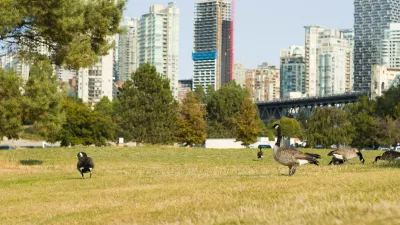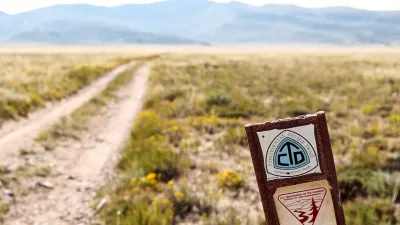Mycoremediation — the use of fungi to break down or absorb environmental pollutants — offers a promising, cost-effective, and eco-friendly alternative to conventional methods for restoring contaminated sites.

Fungi are emerging as vital allies in the fight against environmental pollution, thanks to a process called mycoremediation — the use of fungi to break down, transform, or accumulate pollutants in soil and water. As industrial activity continues to escalate, soil pollution has become a global crisis, impacting billions of people and threatening food security. Fungi, particularly species like Pleurotus ostreatus (oyster mushroom), possess powerful, non-specific enzymes capable of breaking down complex toxic compounds, including oil, pesticides, and even synthetic dyes. Some fungi can also absorb or convert heavy metals and radioactive substances into less harmful forms, offering a powerful and natural method for decontaminating hazardous sites.
Mycoremediation is often more cost-effective and ecologically sustainable than conventional “dig and dump” remediation methods. Tailored to each site, this approach can utilize fungi already present in local soils or introduce well-tested species along with biodegradable substrates such as wood chips or agricultural waste. As reported by Sam Gandy, fungi not only break down pollutants but also improve soil structure and support ecosystem regeneration, especially when working in synergy with plants and bacteria. Mycorrhizal fungi, for instance, help plants withstand toxins while expanding root networks and boosting microbial decomposition activity.
Despite its promise, mycoremediation faces barriers such as limited field research, regulatory hurdles, and the challenge of translating lab results to real-world conditions. Nonetheless, early trials and initiatives—like the work of ecotoxicologist Dr. Danielle Stevenson and the newly launched Centre for Applied Ecological Remediation—are sowing the seeds of hope. With proper investment, public engagement, and interdisciplinary collaboration, fungi may become an indispensable part of our toolkit for ecological restoration and environmental justice.
FULL STORY: Mycoremediation - The application of fungi as pollutant busters

Alabama: Trump Terminates Settlements for Black Communities Harmed By Raw Sewage
Trump deemed the landmark civil rights agreement “illegal DEI and environmental justice policy.”

Planetizen Federal Action Tracker
A weekly monitor of how Trump’s orders and actions are impacting planners and planning in America.

The 120 Year Old Tiny Home Villages That Sheltered San Francisco’s Earthquake Refugees
More than a century ago, San Francisco mobilized to house thousands of residents displaced by the 1906 earthquake. Could their strategy offer a model for the present?

LA’s Tree Emergency Goes Beyond Vandalism
After a vandal destroyed dozens of downtown LA trees, Mayor Karen Bass vowed to replace them. Days later, she slashed the city’s tree budget.

Sacramento Leads Nation With Bus-Mounted Bike Lane Enforcement Cameras
The city is the first to use its bus-mounted traffic enforcement system to cite drivers who park or drive in bike lanes.

Seattle Voters Approve Social Housing Referendum
Voters approved a corporate tax to fund the city’s housing authority despite an opposition campaign funded by Amazon and Microsoft.
Urban Design for Planners 1: Software Tools
This six-course series explores essential urban design concepts using open source software and equips planners with the tools they need to participate fully in the urban design process.
Planning for Universal Design
Learn the tools for implementing Universal Design in planning regulations.
Ada County Highway District
Clanton & Associates, Inc.
Jessamine County Fiscal Court
Institute for Housing and Urban Development Studies (IHS)
City of Grandview
Harvard GSD Executive Education
Toledo-Lucas County Plan Commissions
Salt Lake City
NYU Wagner Graduate School of Public Service





























